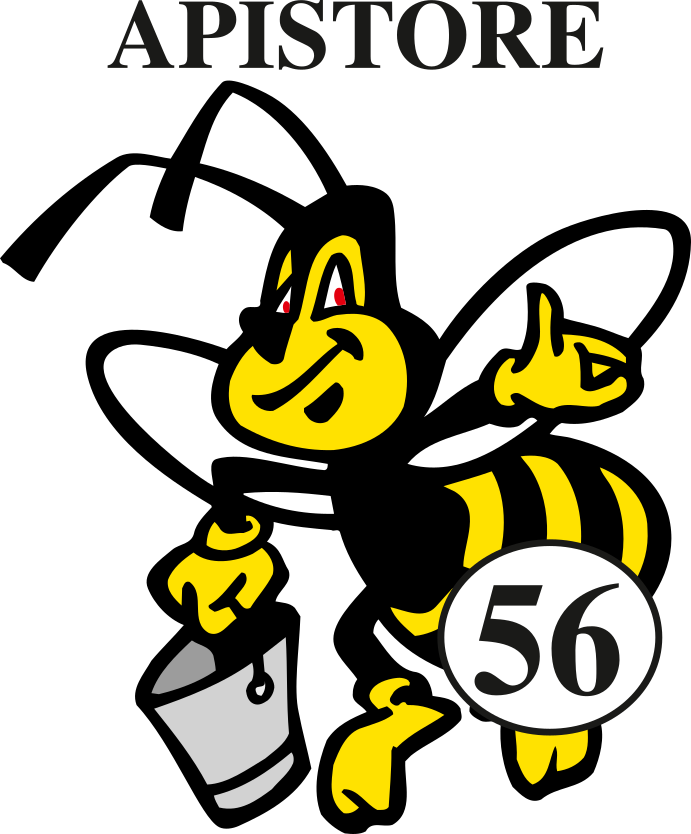

D.B. Beehives 10-frame cube (nest only), unpainted.
Movable anti-varroa net bottom Complete assembly kit, including screws.
Movable anti-varroa net bottom with spring hooks for attachment; wooden honeycomb cover; 4-position disc mounted on honeycomb cover; sheet-covered wooden lid; handles; corners; metal door; galvanized sheet tray; 10-notch spacers.
ZIGRINATOR thread tensioner (QUARTI PATENT), for tensioning the loose threads of the frames
Varroa i fights them more effectively by zeroing out the winter brood. From this observation comes the Menna cage, designed and patented by Vincenzo Menna: a practical device that promotes the queen's rest in the colder months, and that brings all the varroa present in the Beehive more easily out into the open. The period of use varies from northern to southern Italy, but indicatively the first days of November will be the most suitable to start caging, and mid to late January those for caging. Considering that a regular family goes into production in 60 to 70 days from the release of the queen, it will be up to the beekeeper to adjust the period.
CANDIFRUCT is a paste consisting of sugar (sucrose) with balanced addition of glucose-fructose syrup that is obtained by a gentle steaming process. Due to its very fine crystals and the presence of fructose, it is very palatable and easily assimilated by bees. The presence of fructose gives softness, mellowness and texture to the product, avoiding hardening problems. CANDIFRUCT is the ideal food for the winter maintenance of families, especially in the absence of stocks. It is a very practical product as it can be fed to bees without the need for specific feeders.
Fixed anti-varroa mesh bottom; wooden cable cover; 4-position aluminum disc; electro-welded sheet metal lid; metal door; galvanized sheet metal tray; 6-notch spacers.
ZIGRINATOR thread tensioner (QUARTI PATENT), for tensioning the loose threads of the frames
Varroa i fights them more effectively by zeroing out the winter brood. From this observation comes the Menna cage, designed and patented by Vincenzo Menna: a practical device that promotes the queen's rest in the colder months, and that brings all the varroa present in the Beehive more easily out into the open. The period of use varies from northern to southern Italy, but indicatively the first days of November will be the most suitable to start caging, and mid to late January those for caging. Considering that a regular family goes into production in 60 to 70 days from the release of the queen, it will be up to the beekeeper to adjust the period.
CANDIFRUCT is a paste consisting of sugar (sucrose) with balanced addition of glucose-fructose syrup that is obtained by a gentle steaming process. Due to its very fine crystals and the presence of fructose, it is very palatable and easily assimilated by bees. The presence of fructose gives softness, mellowness and texture to the product, avoiding hardening problems. CANDIFRUCT is the ideal food for the winter maintenance of families, especially in the absence of stocks. It is a very practical product as it can be fed to bees without the need for specific feeders.
Fixed anti-varroa mesh bottom; wooden cable cover; 4-position aluminum disc; electro-welded sheet metal lid; metal door; galvanized sheet metal tray; 6-notch spacers.







































